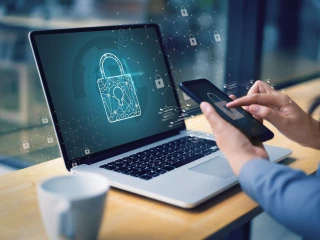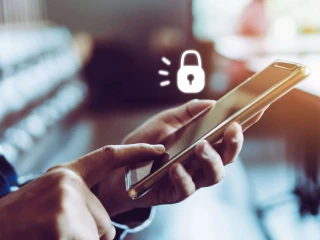
The reality of ransomware-as-a-service
- IT
- automotive
- chemicals
- discrete manufacturing
Forget SaaS. If you want to make some real money RaaS – or ransomware-as-a-service – is where it’s at. In 2021, ransomware attacks cost the world USD 20 billion, hitting a staggering 37% of all businesses. “The professionalization of the business model means that it’s no longer just Fortune 500 companies who need to worry about ransomware,” says security expert Wouter Hemeryck. “Even the smallest businesses are now a target.”


/blog_Security-Website-720x360-(1).webp?mode=autocrop&w=320&h=240&attachmenthistoryguid=a291368f-a3fa-455d-84c6-d13f2b813fb3&v=&focusX=394&focusY=174&c=39b1d46235d9fdeec2c7d04cf47a2a023801a14e5b4bc189a3814b4c29d7b455)